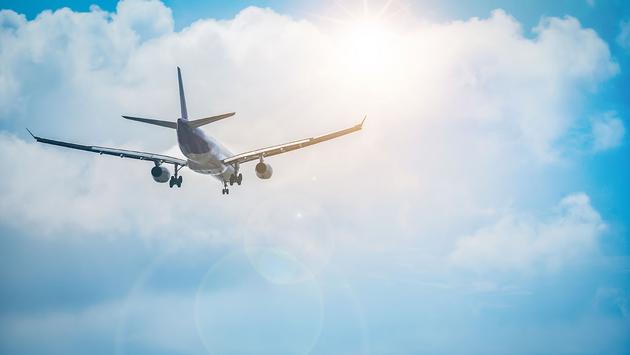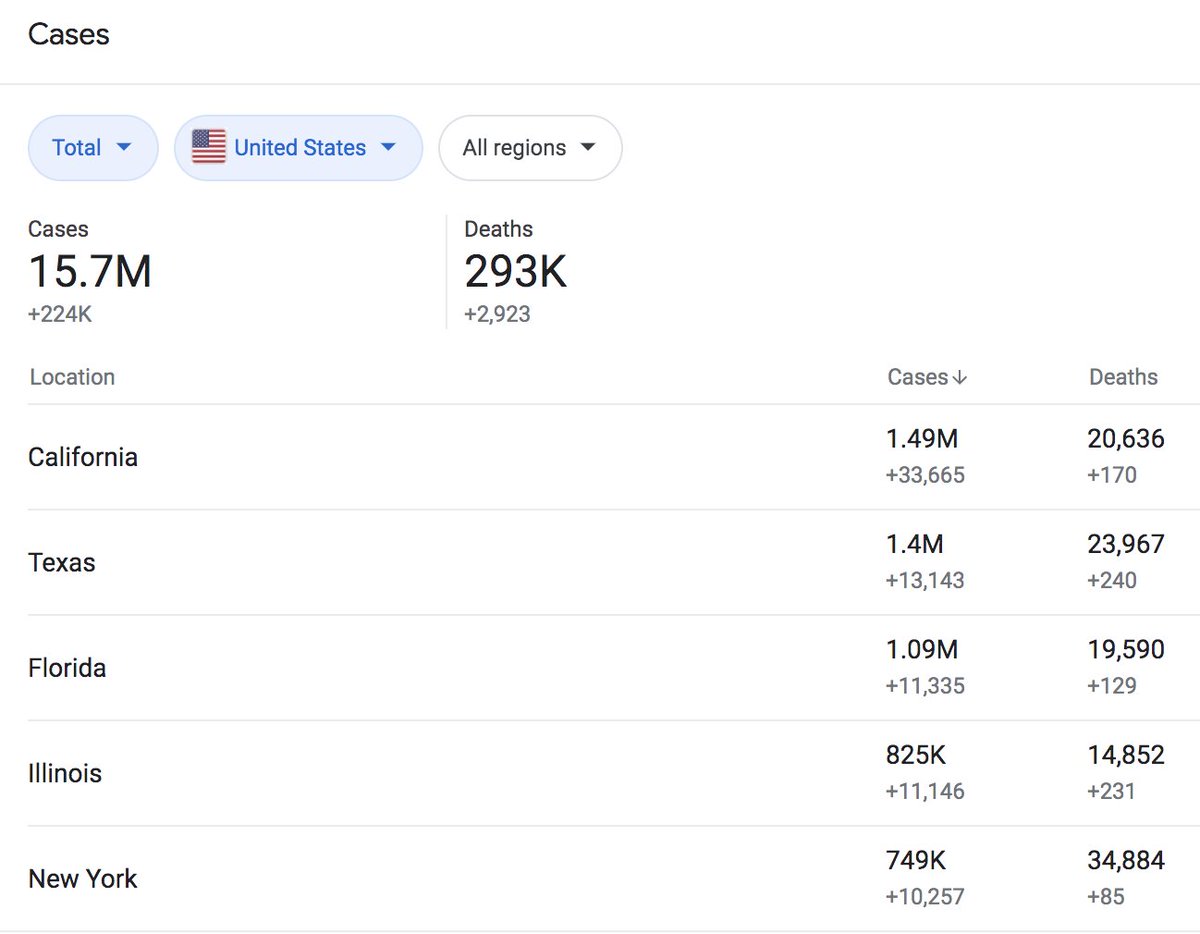
🧵1/N How do vaccines and/or natural infection change infectiousness of #COVID19 during #Omicron? Our new article published in @NatureMedicine measures #COVID19 infectiousness, and finds reductions from both vaccine and natural infection. nature.com/articles/s4159… 

2/N We use detailed epidemiologic data from SARS-CoV-2 surveillance within the California prison system to study #COVID19 transmission. Our goal was to translate these findings into policy to improve health for this vulnerable incarcerated population that remains at high risk. 

3/N We performed a close contact study of index cases with #COVID19 to measure their infectiousness, by comparing their vaccine and natural infection history. We followed their close contact (residents who shared a room) over time to estimate secondary attack rates. Design here: 

4/N In our main analysis, we found that any #COVID19 vaccine reduced infectiousness by 22% (6–36%) and prior infection reduced infectiousness by 23% (3–39%). Hybrid immunity reduced infectiousness by 40% (20–55%). 

5/N The raw numbers: Vaccinated residents with breakthrough infections were significantly less likely to transmit infection to others: 28% versus 36% for those who were unvaccinated. 

6/N Key insight #1: The least infectious #COVID19 cases were those who had been recently vaccinated and/or had booster doses. 

7/N Key insight #2: For persons previously infected, we found additional benefit of vaccination to further reduce infectiousness in subsequent #COVID19 infections.
8/N Policy take away #1: COVID-19 risk remains high in the incarcerated population and vaccines are not enough to stop transmission
9/N Policy take away #2: Based on our finding that people are least infectious within two months of vaccination, large timed vaccination campaigns may have a role to reduce transmission in surges. Future work is needed.
10/N Thank you to the team who made this work possible. Lead author Sophia Tan, upcoming super-🌟 in ID public health research. Dr. @realdavIDsears and Dr. @kwantada who made this collaboration possible. Appreciate support from California Correctional Health Care Services.
#IDTwitter #epitwitter @UCSFHospitals @UCSFMedicine @UCSF_HIVIDGM @UCSF_ID @EPPIcenter_UCSF @UCSF_Epibiostat @UCSFIMChiefs @UCSF_BCHSI @ucsfcvp @engel_joanne @Neil_R_Powe @Bob_Wachter @KBibbinsDomingo
@EricTopol @PeterHotez @EpiEllie @CDCDirector @BogochIsaac @michaelmina_lab @CarlosdelRio7 @GYamey @PaulSaxMD @IDDocJen @KateGrabowski @T_Inglesby @chngin_the_wrld @CT_Bergstrom @onisillos @devisridhar @IDEpiPhD @lindy2350 @bylenasun @AbraarKaran @DGlaucomflecken @SaadOmer3
@MKushel @StanfordHP @StanfordMed @Stanford @StanfordMed @StanfordEpiNews @Stanford_ID @Stanford_Med_ID @trvrb @gregggonsalves @Laurie_Garrett @ChandyJohnLab @jabarocas @SalomonJA @JoanneSpetz @jeremyfaust @IDSAInfo @AshishKJha46 @GlobalGutHealth @gmleunghku @AllisonRBond
• • •
Missing some Tweet in this thread? You can try to
force a refresh








